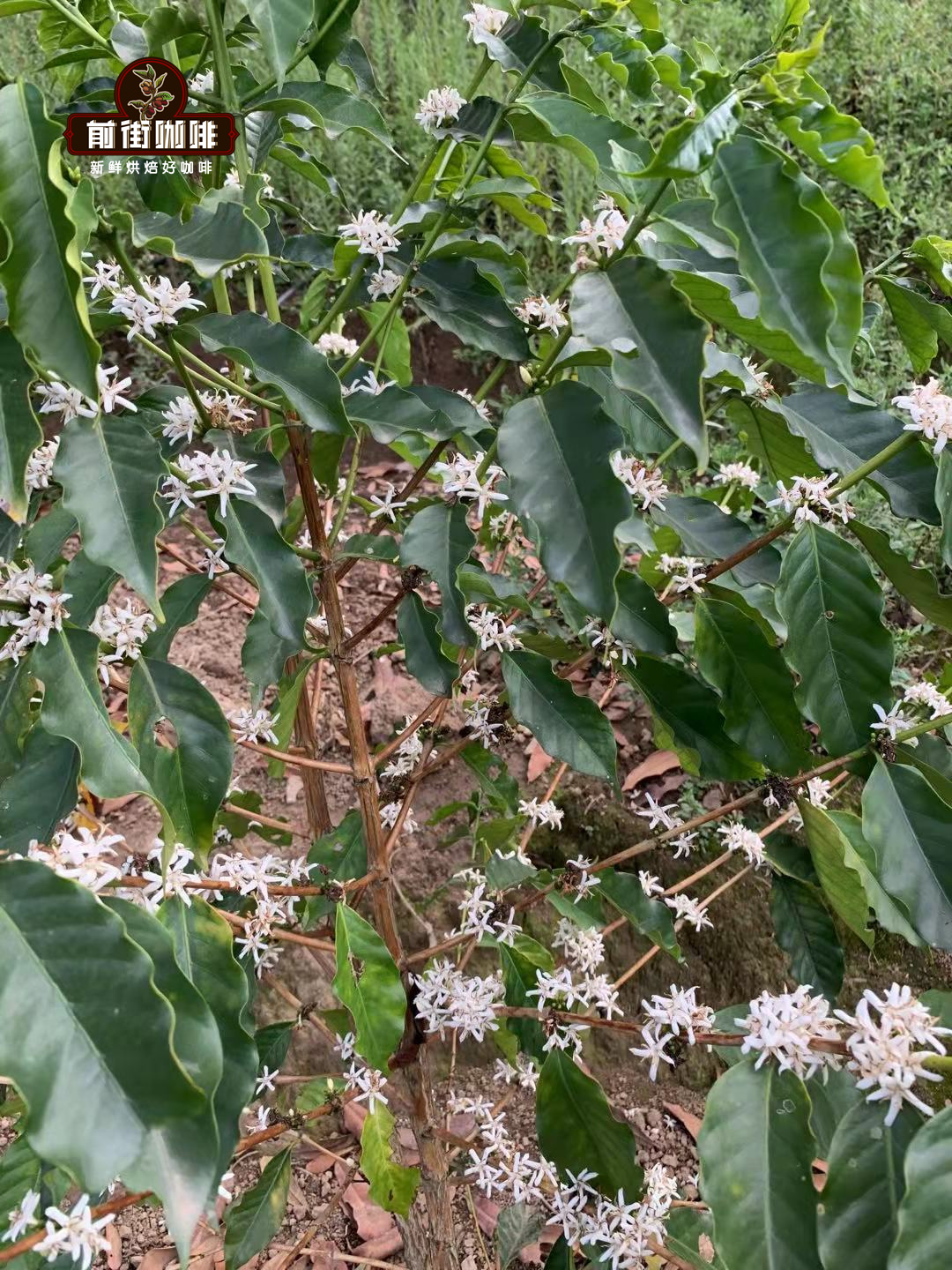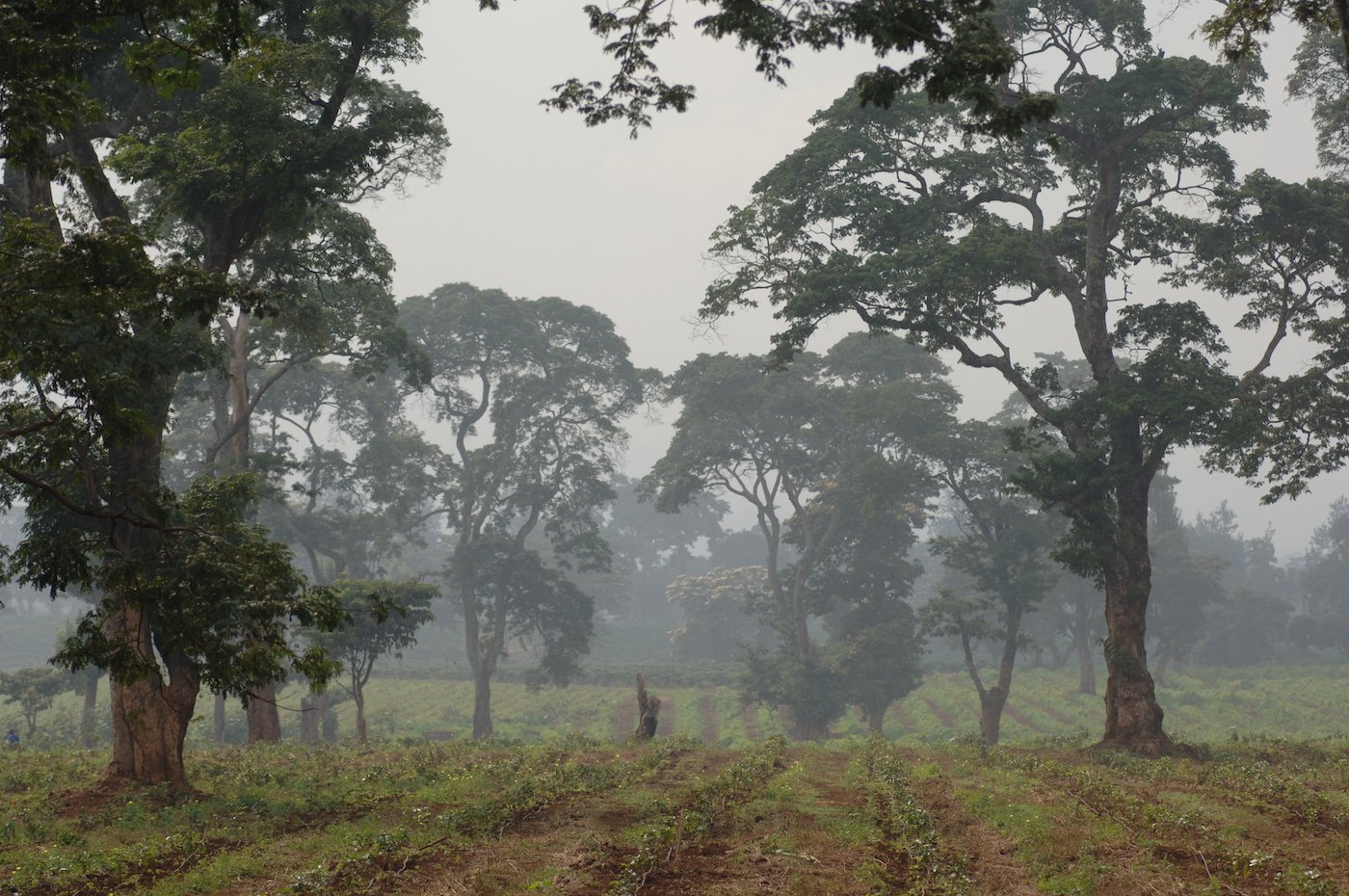What's the difference between shade tree grown coffee and boutique coffee? is shade grown coffee more expensive?
Coffee grown under shade trees seems to be a newly discovered miracle. You will see it printed on the label and touted by more and more coffee shops. Most people think that there is something special about shade-grown coffee, and it is. But the idea of growing coffee in the shade is neither innovative nor unique.
In fact, this is the first place to find wild coffee: coffee that grows in the shade of other trees. Let's take a closer look.
What is shade tree coffee?
Coffee grown in the shade is actually coffee trees planted in the shade of other trees. This is because the coffee tree is a plant that needs a lot of shadows. Wild coffee grows naturally in this way because it is highly sensitive and cannot cope with any extreme situation. In this regard, all coffee plantations are grown in the shade. Since 1972, about 60% of coffee farms have been grown in the sun.
On the other hand, regular coffee farms can achieve high-yield profits because the tree is under more pressure, causing it to produce more flowers, resulting in more cherries. This method consumes too much soil, forcing the use of expensive fertilizers and pesticides. For this reason, mixed cultivation provides shade, provides a place for birds to build nests, and reduces the need for pesticides, fertilizers and herbicides.

Main characteristics of Shade Coffee
First, it is more sustainable for farmers for two reasons: it does not require expensive fertilizers and pesticides to produce it, and shady trees can be used as a source of food. The shady trees in some countries are papaya, oranges, mangoes, bananas and avocados.
Second, this method of growing coffee trees increases biodiversity. It is said that 52% of the world's biodiversity has disappeared, but coffee farms have the ability to slow this trend. In addition, trees are natural filters for carbon dioxide.
Some shaded coffee plantations provide the perfect habitat for hundreds of beetles, bees, ants, more than 20 butterflies and even baby monkeys.
After all, we all know that more trees mean more oxygen on the earth. So it's a win-win for everyone. Unfortunately, only small, low-tech farms, often too poor to afford chemicals, retain their shade trees. Why are those farms in that position? Because the yield of coffee grown in shade is much smaller. So much so that it greatly reduces the profits of each farm, and if every coffee farm produces only shade-grown coffee, then the world's demand for coffee simply cannot be met.
Where does it come from?
As we all know, the hometown of coffee trees is in Ethiopia. There are many different stories and myths in history, but an important fact is that coffee trees grow in other trees and in the wild.
This is the original way nature chose to grow the plant, which now offers millions of drinks. But today, big companies with huge plantations need a way to grow coffee quickly for mass production.
On the other hand, more and more consumers are beginning to realize the impact of coffee farms on the planet and choose shaded coffee to help.

Is the coffee grown in shade better?
It is obvious to compare the two methods of growing coffee trees. Biodiversity and the interests of farmers. But what about the taste? Isn't it better? Like many other plants, it's great to grow without pesticides, fertilizers and herbicides. Today, this is called organic coffee or specialty coffee.
But when it comes to taste, there is a big difference between them. Boutique coffee or organic coffee enjoy the natural environment, this is the taste. Fresh, natural, full of aroma, with the smell of anything growing near the coffee tree.
For example, if the coffee tree grows near the papaya tree, then the final coffee will produce the taste of papaya. Assume that both processing and baking are well done.
This is a great discovery in the coffee industry. It is priceless to taste coffee that is really full of aroma. On the other hand, growing coffee without shadow and forcing the natural process can affect the taste. This kind of coffee will be more bitter, but it always has almost the same aroma because there is nothing else growing near the tree.
Is shade-grown coffee more expensive?
Shade-grown coffee requires a lot of energy and care to produce. Farmers work a lot to maintain good quality and adequate plant health. Even if they cannot afford to use expensive fertilizers, herbicides or pesticides, they will make up for it through hard work. This is one of the reasons why coffee is more expensive.
Another reason is that the quality of coffee will be higher, which is a fair deal. Paying a little more for high-quality coffee means that you pay a price for the natural environment in which coffee grows and the labor you put into it.
Important Notice :
前街咖啡 FrontStreet Coffee has moved to new addredd:
FrontStreet Coffee Address: 315,Donghua East Road,GuangZhou
Tel:020 38364473
- Prev

The main varieties of Vietnamese coffee The taste and texture of Vietnamese coffee Why is it very special
Have you ever wondered why Vietnamese coffee tastes so good? Except condensed milk. Have you ever heard of Vietnamese coffee or coffee beans? So, let's sort things out for everyone. Some people know Vietnamese coffee, some people don't, and some people might want to know about it, not just coffee made in Vietnam. Yes, it was made there. It's the way beans are processed and brewed that makes them unique.
- Next

Which is better, decaf or regular coffee? how is decaf made?
Many people may not know much about decaf coffee, why it is different from regular coffee, and why everyone is talking about it. To be honest, I didn't really know a lot until recently when I looked for some of the health benefits of decaffeinated. What is decaffeinated coffee? Decaffeinated coffee has almost been chemically dissolved.
Related
- What brand of black coffee is the most authentic and delicious? what are the characteristics of the flavor of the authentic Rose Summer Black Coffee?
- Introduction to the principle and characteristics of the correct use of mocha pot A detailed course of mocha pot brewing coffee is described in five steps.
- Which is better, decaf or regular coffee? how is decaf made?
- How much is a bag of four cat coffee?
- How about four Cat Coffee or Nestle Coffee? why is it a cheap scam?
- Which is better, Yunnan four Cats Coffee or Nestle Coffee? How about cat coffee? is it a fake scam? why is it so cheap?
- How about Cat Coffee? what grade is a hoax? which instant coffee tastes better, four Cat Coffee, Nestle Coffee or G7 coffee?
- Process flow chart of coffee making-Starbucks coffee making process what coffee tastes good at Starbucks
- The top ten best coffee beans in the world Rose summer coffee or Tanzanian coffee tastes good
- Yunnan four cat coffee is good to drink?_four cat coffee is a big brand? four cat blue mountain coffee is fake?

